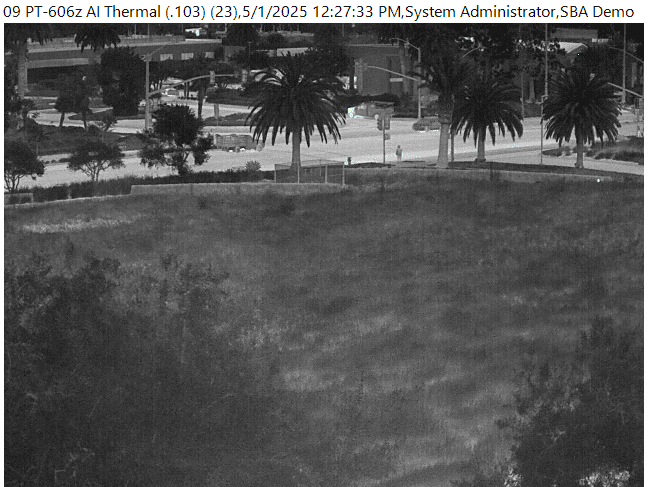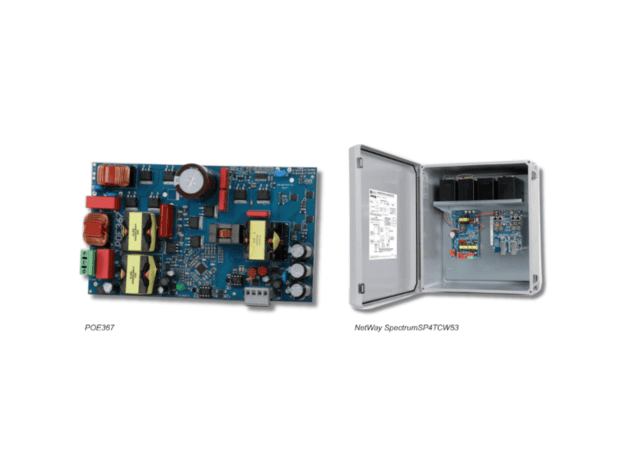The project was initially carried out 1999 – 2006. Service, support and extensions have been implemented since 2006.
- Create better co-ordination between different authorities
- Ability to quickly deliver public traffic information via radio, internet or variable road message signs
- Improve safety of drivers by preventive measures. If a vehicle has stopped on a motorway, the operators can warn other drivers by signs, or lowering the speed limits.
- CCTV cameras to create effective decision-supporting tool to choose right course of action
- Improve tunnel safety. If there is a fire in a tunnel, it must be closed immediately so stop more traffic from entering
- Create an easy, efficient work flow for the operators, achieved by full system integration
- 800 cameras (and expanding)
- Encoding channels 400
- Distributed recording
- More than 100 decoding channels
- 1 main monitoring center – Trafik Stockholm
- Local monitoring centers in each tunnel
Network
- Cisco Gigabit Ethernet backbone
- 155 Mbit radio links
- QoS via RSVP
- 3G/EDGE from road assistance vehicles
The SRA network is not dedicated to video transmission only. It is also used for communication between CTS, and all the other subsystems. In a large mixed network, it’s important to have control over the networks usage. The system must be able to handle bandwidth limitations, and prioritization of traffi c, therefore, some sort of Quality of Service must be used. Video traffic is sensitive to packet loss, therefore, video should be prioritized over other network traffic.
Functionality
- Redundant servers
- Fully integrated to CTS (Central Technical System)
- High quality: MPEG2@8Mbit/MPEG4@6Mbit
- User rights management – arbitration
- Multicast
RSVP – Resource Reservation Protocol
Before connecting a video stream, RSVP negotiation has to be performed. RSVP checks if bandwidth is available all the way from the encoder to the decoder. If there is no available bandwidth, the RSVP negotiation will fail, and the video stream will not be connected. The user is alerted, and is able to disconnect another video stream to free bandwidth for the required one. Without QoS handling, the result would be that the link gets overloaded, and all the streams would be affected by loss of packets, and thereby degrading the quality of video. Maximum 70% of the bandwidth capacity can be utilized for video transmission.
- Scalability: When the project started 1999, there were about 100 cameras, the system has now grown to include over 800 cameras. New features, and modifi cations, have been added during the years. A few tunnel systems have been built, and added to the CCTV system.
- Road assistance vehicles: Road assistance vehicles work in co-operation between the police, SRA and the City of Stockholm. There are currently five vehicles that are out in the traffic 24/7. In case there are stopped cars on the road, the purpose of road assistance vehicles is to assist and protect, and if possible, to remove the cars to maintain high traffic flow. In 2001, a test was started with transmitting JPEGs over GSM at 9.6 Kbps, and now the system is upgraded to transmitting MPEG-4 over 3G.
- Continuous operation: Implementing changes in operational systems is sensitive, because they are required to work 24/7. When upgrading, there are careful tests of software performed before installation. Also, the possibility to roll back quickly is important, if the upgrade doesn’t work as it should. All changes in the system have to be planned, and co-ordinated together with other activities. Some separate systems have been integrated since the project start. Integration of Stockholm Municipality’s own stand alone CCTV system, with Roboscan PTZ, and 40 Impath encoders, was finished in 2007, both systems now work together seamlessly. A new tunnel north of Stockholm has been integrated via ASN.1 protocol, with over 120 cameras and recording.
- Public traffic information: Pictures are published every minute on SRAs website www.trafiken.nu for public traffic information. Every morning live video from the Teleste VMX system is distributedto a local TV station, which airs it in their traffic reports.
























